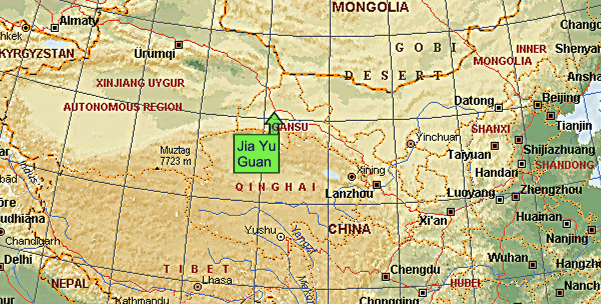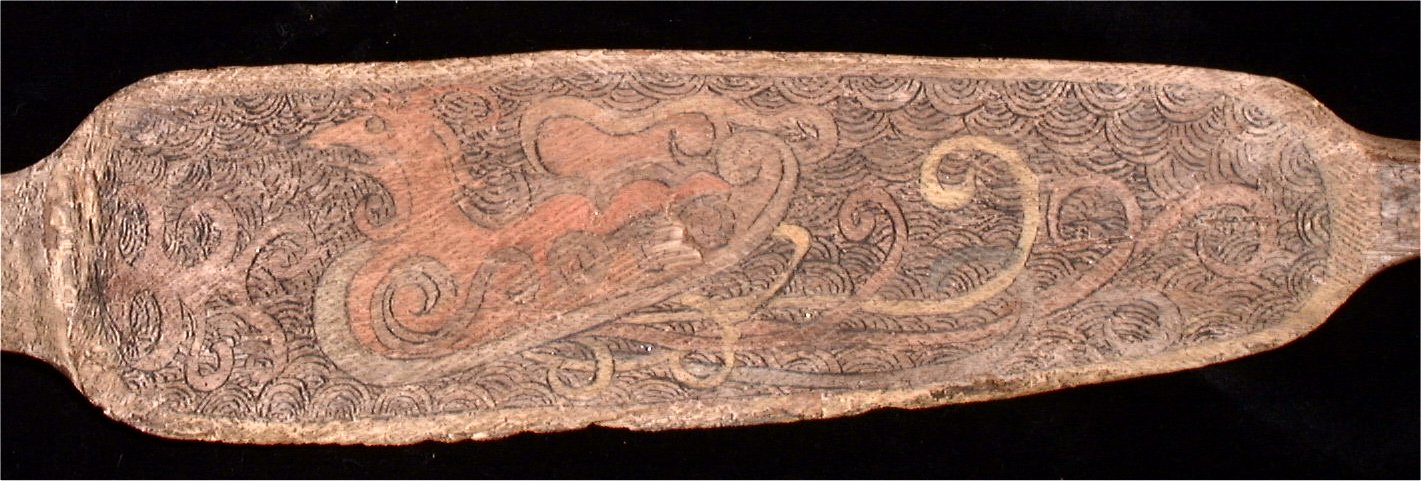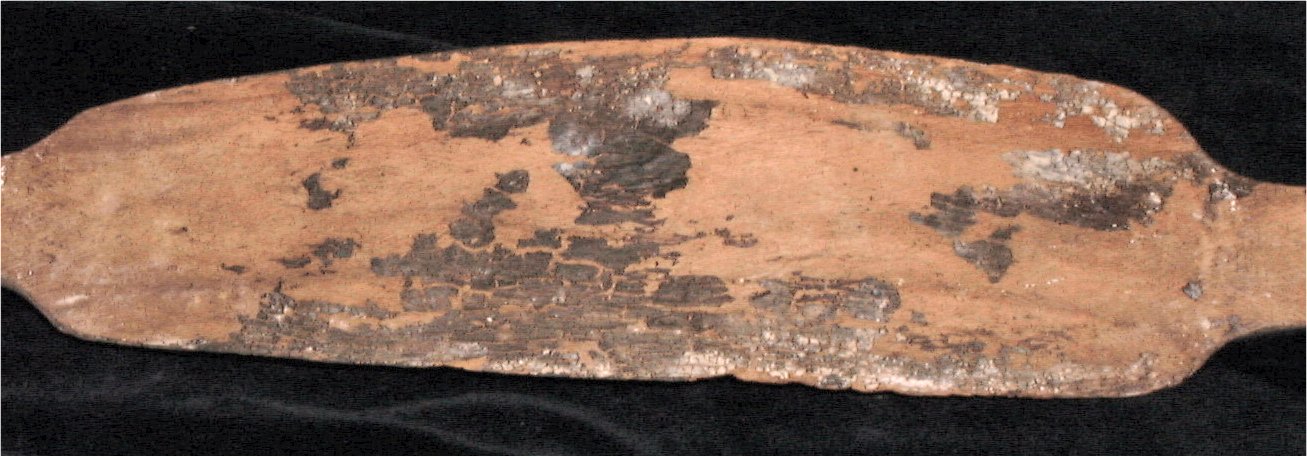
Asian Traditional Archery Research Network (ATARN)
Text and
photographs © Stephen Selby, 2001 - 2002.
A1, Cloudridge,
30, Plunkett’s Road,
The Peak, Hong Kong.
Fax: (852) 2808-2887
email: srselby@atarn.org
April 2002
Dear All,
At heart, I know that ATARN Members love cables, camwheels, sights, shock-dampers and counter-balances. You just don't like having them on your bows - you want them on your computers.
So today, ATARN is introducing Scaled Vector Graphics (SVG). SVG is a recently-agreed sub-set of XML (eXtended Markup Language) that we have already started using in some of our pages. (Click here for an example.)
SVG is going to help ATARN to bring detailed plans and pictures of archery equipment to Members - an important point when many of you are deeply into the fabrication of bows and arrows in traditional materials or reproduction of traditional bows in modern materials.
Microsoft's Internet Explorer v.6 allows you to scale down large bitmap images into a window, but it stall falls short in a number of respects. You can't re-scale photographs without an image editor, and you can't pan and zoom over them. In addition, since bit images are not vector-graphics (that is pictures where the elements are lines rather than dots), you can't easily read them into computer-aided drafting (CAD) software and edit them.
With SVG, you get the following advantages -
you can zoom in and out of pictures without losing resolution;
you can pan in all directions;
you can save them onto your computer and edit them with CAD/CAM software;
you can make simple changes to them to correct errors or incorporate new ideas.
Your web browser software probably can't read and display SVG images yet; but Adobe has provided a freely downloadable plug-in for most of the common web browsers. If you want to see the exciting bow data I am publishing this month, you will need to install the Adobe SVG viewer plug-in. Download SVG Viewer. If you are not ready to down-load the viewer yet, you can still enjoy the photographs in their traditional form.
With the viewer installed, you can download an SVG image, and -
alt-click-drag to pan over the image;
ctrl-left click to zoom in
ctrl-shift-left click to zoom out
right-click to see Adobe SVG viewer menu options.
If you have installed the viewer successfully, you should be able to see an SVG example if you click here.
A desert tomb in Jiayuguan, Gansu, Western China, has recently yielded up a wooden, model bow. Bede Dwyer and Grózer Csaba, who have both pre-viewed the pictures, consider that this bow is a full-scale model of a horn and sinew bow. The bow is in light-weight wood carved from two pieces. The two pieces unite at a splice at the grip. There is no sinew visible on it, and just a little birch bark remains adhering to the back of the bow.

The bow comes from near Jiayuguan in Gansu, China.
This map is reproduced from the Microsoft Encarta World Atlas in accordance with
the
licence conditions concerning use in free flyers not sold in any form or
context. Copyright reserved.

The two wooden components, with the grip splice to the right and the tips to
the left
Above is a photograph of the two parts of the bow. The main working part of the limb forms a broad plate, bearing a painted design on each.

Side view of one of the siyahs. The tip is broken off about 5cm short of the
end on the right.

Dragon painted on one of the limbs (belly side) in black, white, red and
ochre.

'Phoenix' painted on one of the limbs (belly side) in black, white, red and
ochre.
These dragon and phoenix designs should not be interpreted in terms of modern Chinese symbolism. This bow came from a group of graves dating from the Wei/Eastern Jin period, around 260CE. At that time, the dragon was the 'black dragon' -- a Daoist symbol of the East, while the bird was the 'red bird' -- denoting the South. Both symbols were derived from constellations, and continued in use from the Han dynasty. Such images would allow the soul of the deceased to rest in peace.
|
|
|
The black dragon and red bird from Eastern Jin tomb tiles.

Painted cicada design from the siyah of the bow
The cicada design on the limb also represents a hold-over from the Han Dynasty, representing a return to life for the deceased (because the cicada was thought to return to life in springtime from a dry, lifeless state in the winter.)

Floral design on the side of the grip splice.
The flower on the grip may be 'hai tang' (crab-apple) which rhymed with the word for 'high rank'.

The two splices placed together to form the core of the grip.

Basketwork pattern on the top of the siyah.

Two wood elements joined at the grip splice (vertical view).

Two wood elements joined at the grip splice (side view).

On the back of the main working parts of the limb, there are some remains of
blackened birch-bark.

Scraping on the wooden surface of the bow.
Every wooden surface of the bow - whether painted or not - has been scraped transversely in two directions, apparently with the teeth of a saw. I cannot work out why that should be. When wood is scraped so that horn or sinew can be attached, it is usually just scraped in one direction - lengthwise.
The original bow would have had bone reinforcement at the grip, and indeed the pieces that I have shown in previous newsletters would fit well (although they undoubtedly come from different specimens.)

Bow-tip reinforcement (not found with this bow)
Bow grip reinforcement (not found with this bow)
I was interested to see how the bone plates I discussed in the March 2002 newsletter (above) would fit to this bow. The following photographs show how:

Possible placement of the bone reinforcement for the face of the grip.
Two years ago, I reported about the Niya bow that was discovered in 1999. Since the Niya find shared the same late horizon with the Gansu bow - the Eastern Jin period - I was interested to see how they might compare.
First, this is how I would reconstruct the Gansu bow:

Reconstruction of the Gansu bow unstrung, with bone string-nocks and
grip-reinforcement.

Reconstruction of the Gansu bow string
And now my reconstruction of the Niya bow for comparison:

Reconstrution of the Niya bow (oblique, viewed from below)
Clearly, there are some striking similarities between the Gansu bow and the Niya bow. The design seems to have been very durable among the borderland people of China, and was probably closely related to the Song and Yuan bow designs in use in these pictures:
|
|
|
This is where the SVG file comes in. I have prepared a dimensioned drawing of the Gansu bow. If you have downloaded Adobe's SVG viewer plug-in, you can look at the bow and the plan in detail.
In fact, in the same group of graves as the one from which this bow came, there was a painted panel showing a scene of hunting with bows on horseback.

Scene of hunting with bows on horseback from the same date and
location as the Gansu bow.
Click here for the detailed dimensioned plan of the Gansu bow in SVG file
format.
I look forward to reading your views and ideas on ATARNet. Please start a new thread, 'Gansu Bow' under 'hardware'.
|
|
(Signed) (Stephen Selby) |